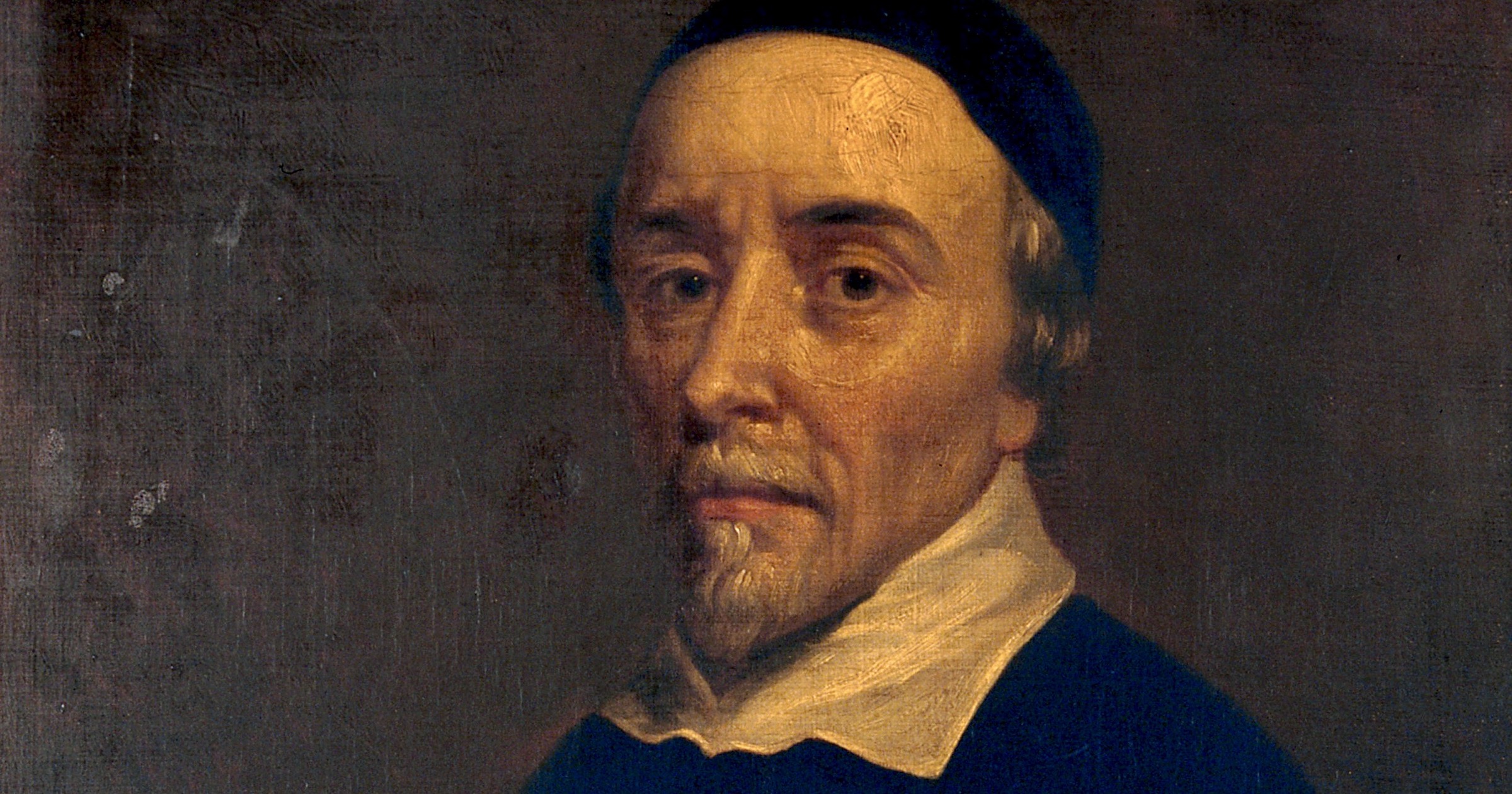 Evolution
Evolution
 Faith & Science
Faith & Science
Considering “Abiogenesis,” an Imaginary Term in Science

Editor’s note: We are delighted to present a series by Neil Thomas, Reader Emeritus at the University of Durham, “Why Words Matter: Sense and Nonsense in Science.” This is the fourth article in the series. Find the full series so far here. Professor Thomas’s recent book is Taking Leave of Darwin: A Longtime Agnostic Discovers the Case for Design (Discovery Institute Press).
Words are cheap and, in science as in other contexts, they can be used to cover up and camouflage a multitude of areas of ignorance. In this series so far, I have dealt summarily with several such terms, since I anticipated that they are already familiar to readers, and as I did not wish to belabor my fundamental point.
“Just Words”
I would, however, like to discuss in somewhat more detail a term which is well enough known but whose manifold implications may not even now, it appears to me, have been appreciated to their full extent. This is the historically recent neologism “abiogenesis” — meaning spontaneous generation of life from a combination of unknown chemical substances held to provide a quasi-magical bridge from chemistry to biology. This term, when subjected to strict logical parsing, I will argue, undermines the very notion of what is commonly understood by Darwinian evolution since it represents a purely notional, imaginary term which might also (in my judgment) be usefully relegated to the category of “just words.”
The greatest problem for the acceptance of Darwinism as a self-standing and logically coherent theory is the unsolved mystery of the absolute origin of life on earth, a subject which Charles Darwin tried to bat away as, if not a total irrelevance, then as something beyond his competence to pronounce on. Even today Darwinian supporters will downplay the subject of the origins of life as a matter extraneous to the subject of natural selection. It is not. It is absolutely foundational to the integrity of natural selection as a conceptually satisfactory theory, and evolutionary science cannot logically even approach the starting blocks of its conjectures without cracking this unsolved problem, as the late 19th-century German scientist Ludwig Buechner pointed out.1
Chicago 1953: Miller and Urey
Darwin famously put forward in a letter the speculation of life having been spontaneously generated in a small warm pool, but did he not follow up on the hunch experimentally. This challenge was left to Stanley Miller and Harold Urey, two much later intellectual legatees in the middle of the 20th century who, in defiance of previous expert opinion, staged an unusual experiment. The remote hinterland of this experiment was as follows. In the 17th century, medical pioneer Sir William Harvey and Italian scientist Francesco Redi both proved the untenability of spontaneous generation: only life can produce life, a finding later to be upheld by French scientist Louis Pasteur in the latter half of the 19th century; but the two Americans proceeded on regardless.
Far-Reaching Theological Implications
There is no getting away from the fact that the three-fold confirmation of the impossibility of spontaneous generation by respected scientists working independently of each other in different centuries brought with it far-reaching theological implications. For if natural processes could not account for life’s origins, then the only alternative would be a superior force standing outside and above nature but with the power to initiate nature’s processes. The three distinguished scientists were in effect and by implication ruling out any theory for the origin of life bar that of supranatural creation. So it was hardly surprising that there emerged in later time a reaction against their “triple lock” on the issue.
In what was shaping up to become the largely post-Christian 20th century in Europe, the untenability of the abiogenesis postulate was resisted by many in the scientific world on purely ideological grounds. The accelerating secularizing trends of the early 20th century meant that the outdated and disproven notion of spontaneous generation was nevertheless kept alive on a form of intellectual life-support despite the abundant evidence pointing to its unviability.
For presently both the Russian biologist Alexander Oparin and the British scientist John Haldane stepped forward to revive the idea in the 1920s. The formal experiment to investigate the possibility of spontaneous generation had then to wait a few decades more before the bespoke procedure to test its viability in laboratory conditions was announced by the distinguished team of Miller and Urey of the University of Chicago in 1953. Clearly the unspoken hope behind this now (in)famous experiment was the possibility that Pasteur, Harvey, and Redi might have been wrong to impose their “triple lock” and that mid 20th-century advances might discover a solution where predecessors had failed. If ever there was an attempt to impose a social/ideological construction of reality on science in line with materialist thinking, this was it.
Next, “Imagining ‘Abiogenesis’: Crick, Watson, and Franklin.”
Notes
- For the reception of Darwin in Germany, see Alfred Kelly, The Descent of Darwin: The Popularization of Darwin in Germany, 1860-1914 (Chapel Hill: North Carolina UP, 1981).
